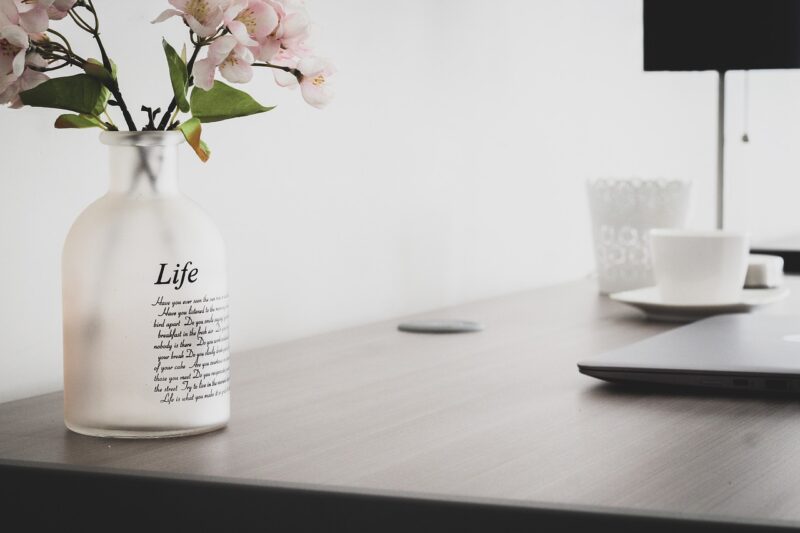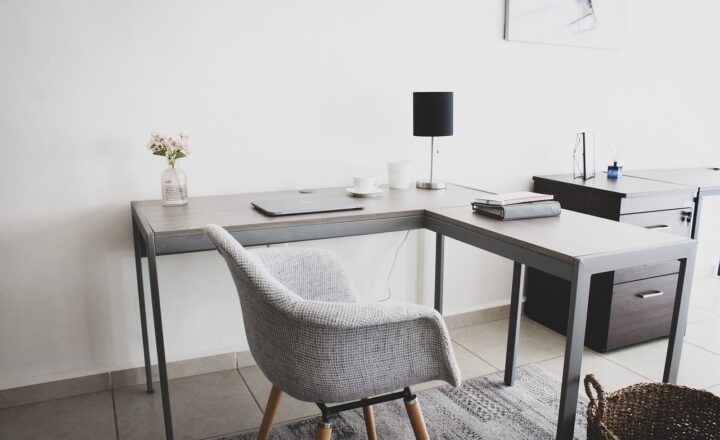
With more people working from home than ever before, having a well-organized home office is essential for productivity. The right workspace setup can greatly enhance your efficiency, creativity, and overall work-life balance. This article will guide you through the steps to create a home office that not only looks great but also meets your productivity needs.
1. Choosing the Right Location
Before setting up your home office, it’s essential to select a suitable location. Picking a space that minimizes distractions and promotes focus is crucial. Here are some tips for choosing the right location:
- Separate from Living Spaces: Try to choose a spot away from common areas where you might be easily distracted by family members, TV, or noise.
- Natural Light is Key: Set up your office in a space that gets plenty of natural light. Sunlight can boost your mood and overall productivity.
- Ventilation and Comfort: Make sure your workspace has proper ventilation and temperature control to keep it comfortable throughout the day.
By choosing the right location, you create a clear boundary between your work and personal life, which is vital for maintaining focus.
2. Essential Furniture for Comfort
Your office furniture contributes significantly to your productivity. Investing in comfortable and functional items will help you work efficiently. Consider the following:
- Ergonomic Desk and Chair: Choose an adjustable desk and a chair that offer proper lumbar support. This will help you maintain good posture and avoid discomfort during long working hours.
- Desk Size: Ensure your desk is spacious enough to accommodate your computer, paperwork, and other office essentials, without feeling cluttered.
- Storage Solutions: Invest in shelves, filing cabinets, or drawer organizers to keep your workspace tidy. Decluttering leads to a clearer mind and higher productivity levels.
Having the right furniture not only makes your workspace inviting but also ensures comfort during long working hours.
3. Organizing Your Workspace
A well-organized workspace can have a significant impact on your efficiency. Here are strategies to keep your office organized:
- Declutter Regularly: Take time each week to sort through papers and items that have accumulated. Keep only what you need within arm’s reach.
- Use Color-Coding: Implement a color-coding system for files, notes, and tasks to quickly identify important paperwork. This can reduce the time spent searching for files.
- Employ Organizational Tools: Use organizers, baskets, or drawer dividers to separate your office supplies, making them easily accessible.
An organized workspace provides a more efficient working environment, allowing you to concentrate on your tasks without the distraction of clutter.
4. Tech Setup for Efficiency
In today’s digital era, technology plays a crucial role in productivity. Ensure that your tech setup is efficient:
- Reliable Equipment: Invest in a good quality computer, printer, and tools that suit your work requirements. Ensure that your devices are up to date to enhance performance.
- Cable Management: Organize your cables using cable ties or cable organizers to prevent tangling and clutter on your desk.
- Backup Solutions: Regularly back up your work using cloud services or external drives to avoid data loss and maintain peace of mind.
A well-thought-out tech setup ensures smooth workflow and reduces disruptions caused by technical issues.
5. Personal Touch and Motivation
Incorporating personal elements into your workspace can enhance motivation and keep you inspired. Consider:
- Inspirational Decor: Add quotes, artwork, or photographs that resonate with you and inspire creativity and motivation.
- Plants and Greenery: Introducing plants into your workspace can improve air quality and create a calming effect, which helps to alleviate stress and anxiety.
- Personalized Gadgets: Use fun or unique office supplies and gadgets that reflect your personality but maintain functionality in the workspace.
Adding personal touches creates a workspace that feels warm and inviting, making it a place where you want to spend your time.
6. Establishing Boundaries and Working Hours
While your home office should be productive, it’s equally important to establish boundaries to maintain work-life balance. Here are ways to achieve this:
- Set Defined Work Hours: Just like a traditional office, set specific start and end times for your workday to separate your professional and personal time.
- Communicate with Family: Make sure your family understands your working hours to minimize interruptions during your work time.
- Create Physical Cues: Use physical cues like a sign on your door or wearing specific work attire to signify when you are in work mode, even when at home.
Establishing boundaries helps in maintaining focus during work hours and protecting your personal time.
7. Regular Maintenance and Evaluation
A home office is not a one-time project; regular maintenance and evaluation are crucial:
- Monthly Check-ins: Schedule monthly reviews of your workspace to identify clutter and areas for improvement.
- Adapt as Needed: Adjust your setup based on your changing work needs and projects. Flexibility is key in a home office environment.
Regular maintenance ensures your workspace evolves with your needs, allowing you to remain productive and comfortable in your home office.
Conclusion
Creating a productive home office setup involves carefully selecting your location, choosing the right furniture, maintaining organization, and establishing clear boundaries. By integrating personal touches and regularly evaluating your setup, you can build a workspace that promotes efficiency and comfort. Remember that a well-organized home office not only enhances productivity but also improves your overall work-life balance. Start implementing these tips today to transform your workspace into a hub of inspiration and effectiveness.








